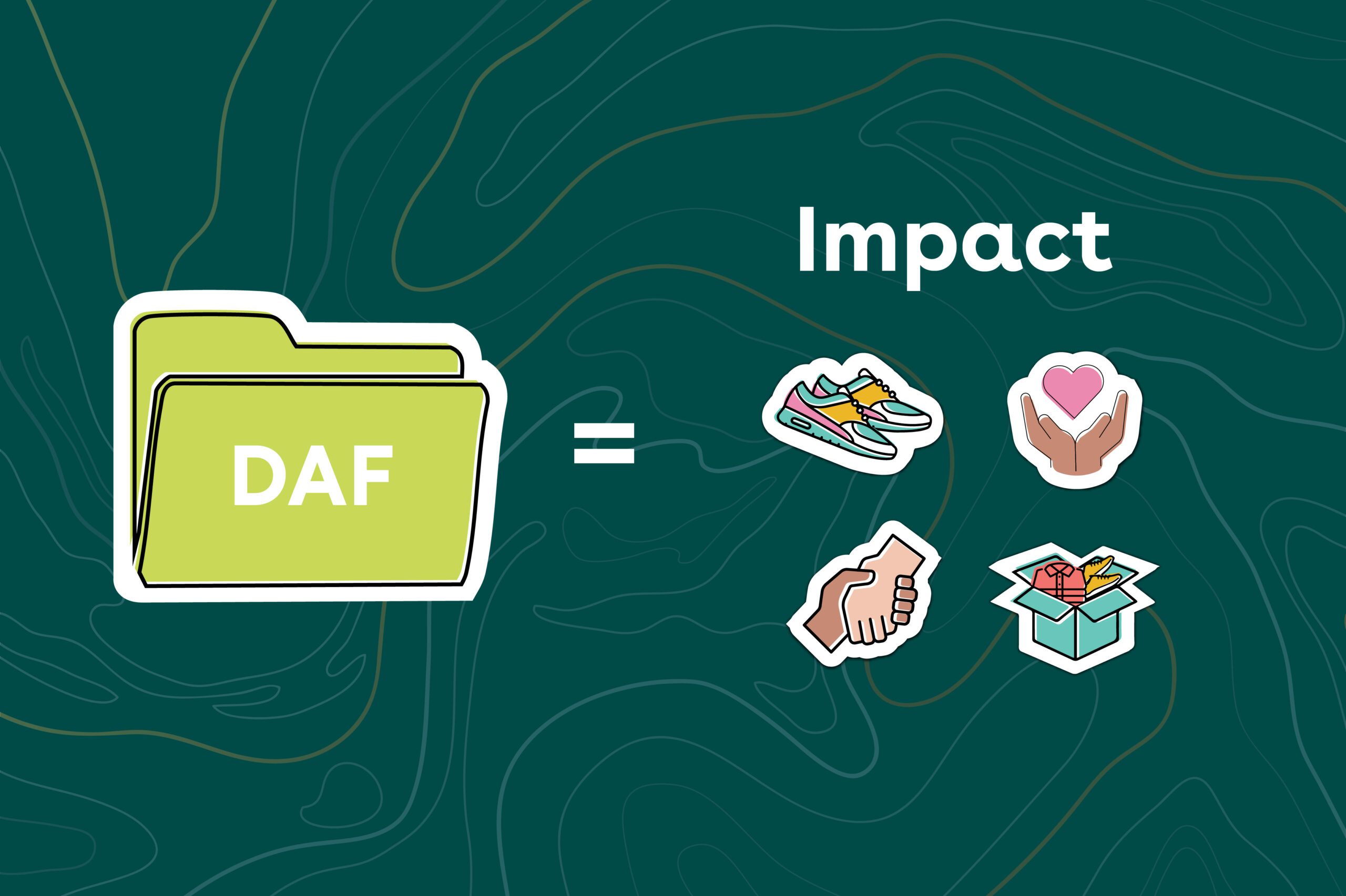Jumbo charity checks. Complex fundraising initiatives. Big-budget sponsorships. Sometimes, corporate social responsibility (CSR) seems like an expensive commitment. But more often than not, you don’t need to spend more to do good. You just need to put what you’ve already got to greater use.
We often think of business waste in terms of unsold products, or our environmental footprint. But it also covers staff time, energy, and skills, too. So, whether you’re looking to shift surplus resources or engage your employees in meaningful company culture, let’s explore the opportunities hidden within your business—and how you can start delivering real CSR impact without breaking the bank.
1. Position CSR as a value driver
Firstly, it’s important to view CSR as an investment, rather than a cost center. Almost every improvement, like reducing packaging waste and engaging your employees, will also bring financial rewards, like lower overheads and stronger productivity.
This growth mindset enables your CSR budget to dovetail with other business functions. For example, a campaign about your sustainability initiatives automatically doubles as a brand awareness activity. Take Adidas and Parley’s Run For The Oceans movement, which has engaged more than three million participants in supporting marine pollution clean-ups (and helped keep Adidas’s brand at the front of consumers’ minds).
Ultimately, businesses that regularly review their spending are best equipped to redirect their resources to these high-impact areas. Could a reduction in unnecessary business air travel, for instance, reallocate cash to value-driven initiatives and boost your climate reporting credentials?
2. Encourage employees to maximize volunteering opportunities
A common pillar of many CSR programs, and a perk often highlighted in job ads, focuses on volunteering. Around 60% of American companies offer paid time off to volunteer for a charity or nonprofit, at an average of 20 annual volunteer hours per employee (about 2.5 days’ work). The idea is simple: the charity benefits from that extra support, and the employee returns a more rounded, fulfilled individual.
However, the 2024 Chief Executive for Corporate Purpose “Giving in Numbers” report ranked the average US volunteer participation rate at 23%. Simply, less than one in four workers are making the most of those valuable volunteering hours. And employers could be losing out on the advantages—namely, better job satisfaction, broadened skillsets, and tighter team relationships—as a result.
So, could you remind your workforce about their allocation and encourage them to maximize it? Could you even speed up their decision-making by suggesting a nonprofit for them to support? Brands that build strong connections with charities enjoy all the benefits of simple, speedy CSR—with little extra expenditure.
3. Donate your surplus stock to a worthy cause
Many manufacturers, particularly clothing and footwear brands, often face a vast inventory of unsold, returned, and imperfect products. Around 44% of US fashion retailers report excess stock, accounting for approximately a fifth (17-20%) of their total inventory. And in 2023 alone, the industry produced up to 5 billion items of overstock collectively worth as much as $140 billion.
This unsold inventory incurs hefty ongoing costs. From storage rents to processing fees, money tied up in overstock can significantly erode profit margins. Yet discounting, liquidating, or destroying these products risks damaging your brand and environmental reputation. So, why not consider donating this merchandise to a non-profit, instead?
Alongside freeing up warehouses and capital for more saleable products, companies that donate products demonstrate a real commitment to CSR, attracting more consumers and building stronger brand loyalty. In fact, consumers worldwide are willing to pay a 9.7% sustainability premium, even amid cost-of-living and inflationary concerns. And depending on your local regulations, donating merchandise may unlock lucrative tax deductions or credits, too.
Smarter CSR starts with what you already own
In the US, many CSR teams report feeling stretched. One survey by the Association of Corporate Citizenship Professionals (ACCP) found that:
- 86% of CSR professionals face an increasing workload
- 61% work longer hours than before
- Half (50%) report burnout
Introducing complex new initiatives could only worsen this issue. Instead, companies need turnkey resources, one-on-one support, and proven metrics that seamlessly accelerate your CSR impact.
At Soles4Souls, we create opportunities for people through shoes and clothing. Our work bridges social impact and sustainability to give footwear and apparel a second life and people a second chance. From in-house shoe drives to point-of-sale customer donations, we help your teams engage in the issues that matter: like equipping entrepreneurs in low-income countries with shoes and clothing to sell, providing new shoes and apparel to people facing hardships, and getting new athletic shoes to children experiencing homelessness.
Simply, your “surplus” resources can be our biggest asset. And while we’ve helped leading footwear brands like Crocs achieve lasting social impact, you don’t have to work in footwear or fashion to support our mission. Whether you’re fundraising on our behalf or volunteering in our warehouses, your team’s support reaches people near and far—helping those in crisis, empowering entrepreneurs, and reducing waste. It’s no wonder that 86% of our partners say we help them solve a business need and 96% would recommend partnering with us.
See how your surplus can drive impact—learn more about collaborating with us here. Ready to discuss a partnership? Please email us at corporate@soles4souls.org today.



